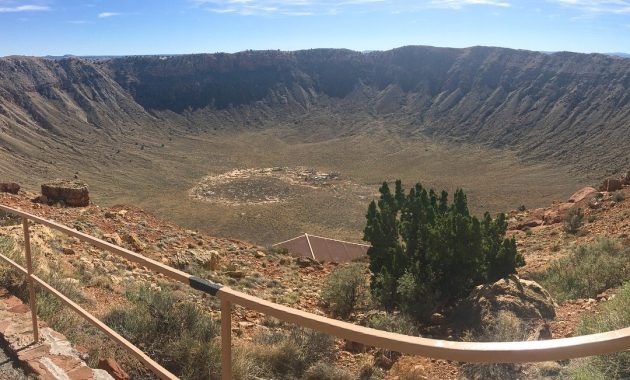Fourth, morphometry based on the comparative analysis of terrestrial craters and those observed on the Moon or Mars for example. So an impact crater is theoretically 24 times the size of a meteorite, but some craters can reach 30 times that size if the momentum is very high and the body very dense. Here is a calculator that allows you to calculate the effects of an impact. Morphometric analysis is made difficult on Earth because it is complicated by two factors: the action of erosion (bad weather, wind, deforming tectonics, etc.) and the fact that natural phenomena can create circular structures (see second table below: volcanic cone, diapir, anticlinal deformation, glacial structure, lake, etc.).
Some buried craters have only been discovered using geophysical techniques (seismography, gravity or magnetic anomalies, microwave sounding, etc.) but drilling in the heart of the suspect formation is often necessary to reveal micro and macroscopic clues on the surface. origin of the structure. To date, of all the confirmed meteoritic craters, 58% have been drilled.
Fifth, the presence of molten sheets or strata or veins (dikes) and breccias (breccia) which were formed following an impact at high speed (several km / s). However, the veins can have a volcanic origin that it is necessary to be able to exclude. These objects present a typical surface crust contaminated by the target rock which has melted (for example, no mantle contribution to the fusion is observed). These molten rocks may have been contaminated by projectiles released by the meteorite at the time of impact (geochemical analysis confirmed this).
These sheets of material can be covered with molten impact breccias called suevite (sometimes vitrified or crystallized), while the material blown out of the crater can form ejecta that will be found around the central cavity. For large impact structures, the ejecta can be distributed throughout the site and reach monumental proportions with heights reaching several hundred meters. In all cases, careful geological mapping of the site and microscopic and geochemical analyzes will confirm the nature of the rocks and possibly support the extraterrestrial hypothesis.
Sixth, pseudotachylites and breccias: tachylite is a black volcanic glass that forms during the cooling of basaltic magma. Rocks resembling it have been discovered at Vredefort. Geologists called them pseudotachylites. According to the IUGS, these are vein-like breaches formed by frictional fusion in the bedrock of impact structures and containing in particular ordinary, shocked minerals as well as nodules. Pseudotachylite is a rock presenting fractures at the micro and more often macroscopic scale (a whole rock over several meters perhaps is fractured with melted zones). Pseudotachylites can also be found in the breaches.
Note that pseudotachylites are also associated with seismic faults generated by endogenous processes (earthquakes in particular) and we cannot therefore conclude from this single clue that we are in the presence of an impact structure, of as much as one also finds pseudotachylites in the quarries or in places having undergone the passage of hydrothermal fluids. But associated with the other clues described above, these two types of rocks provide an additional clue in favor of the impact.


good
hi
hi
hi
hi
qweda
asdasd
aaa
jujjur
cgf